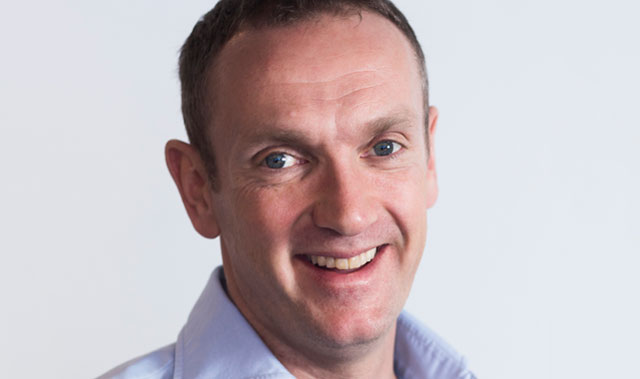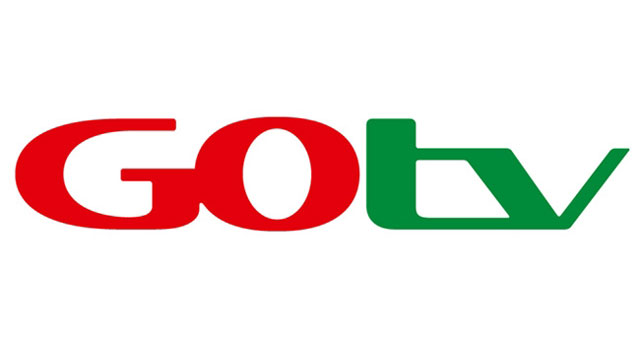
In a year of multibillion-rand investments, the deal that stands out for Naspers CEO Bob van Dijk is the a joint venture agreement reached with Scandinavian e-commerce rival Schibsted.
It is a case of keeping your friends close and your enemies closer.
Late last year, the two parties declared a truce and agreed to establish joint ventures for the development of online classified platforms in Brazil, Indonesia, Thailand and Bangladesh.
This was after months of burning up the marketing budget without much to show for it. For instance, in Brazil Naspers’s OLX and the Schibsted/Telenor-owned Bomnegocio vied for market supremacy without either establishing a clear lead. Now the merged entity, OLX, is the market leader and will soon be profitable.
“We are the two biggest classified companies in the world and we found ourselves going head to head in certain key markets,” says Van Dijk. “It was unlikely that in a reasonable time frame we would get to the market position we would want. It is much more sensible to work together.”
The past year has been characterised by the continued spend — both in terms of capex and market development — that one has come to expect from Naspers as it builds the scale it deems necessary for its online domination of the developing world.
But there is a sense — from a company that is allergic to raising expectations — that that this spend may be on the verge of tapering off as Naspers reaches a certain critical mass. This is significant.
Last year the company invested an unprecedented R10,7bn across the business. This was 33% more than the previous year. This is “an aggregation of individual investment opportunities that are measured against individual ROIs”, says Van Dijk.
He won’t be drawn on future investment levels, adding “we could stop doing new things – and you will see the business turn immediately — but we don’t like to give advice on future investment levels”.
“Investors like the fact that each investment is measured against a targeted ROI,” says Shaheeda Davids, an equity analyst with Nedbank Private Wealth. “While Naspers hasn’t achieved the scale it wants across all portfolios — there are still small areas of investment needed — we believe that, if anything, development spend will be flat or will decline over the next few years.
“This means that revenues, which we expect will soon be increasing by 30% to 45%, should start dropping to the bottom line.”
The Internet business (which includes Tencent, Mail.ru and the e-commerce businesses) is still the fastest growing revenue segment and generates 59% of group revenues, up from 3% in 2000). The division grew turnover to R78bn. Within this e-commerce revenue grew 36% year on year and Tencent grew by 40% year on year.
However, in this division, the R19bn contribution from Tencent and Mail.ru was reduced by the R6,1bn loss in e-commerce which arose as a result of the R5,6m investment spend. More than half of this was used to increase Naspers’s stake in Flipkart, based in India, Souq.com, which targets the Middle East and North Africa, and Konga.com, based in Nigeria. These markets are fast growing and important markets for Naspers.
“The businesses are all getting stronger operationally as Naspers continues to build scale and more are becoming profitable,” says Davids. For instance, online comparison shopping has turned profitable and performance from more established horizontal and vertical classified sites has improved.
Van Dijk may have viewed the deal with Schibsted as the company’s most strategic of the year, but the changes in the world of video entertainment have been the most interesting of the year, he says. “The pace of technological change and innovation is incredible, while at the same time consumer expectations are accelerating. I’m a big fan of video entertainment.”
Online video is growing. In 2011, the average American spent 15 minutes a day consuming video online, on demand. This has increased to one hour and six minutes. TV consumption has remained relatively stable at four hours and 18 minutes.
Along with Tencent, the video-entertainment business, which includes GOtv and MultiChoice with DStv, is highly profitable and provides another cash engine for the company’s growth.

The business dominates the TV market in Africa and now provides pay-TV services (via digital terrestrial television (DTT), or direct-to-home (DTH) satellite service) to 10m people. It reached this number in under five years. Of this, 5,4m subscribers are in South Africa and 4,8m are in the rest of sub-Saharan Africa. That is 27% more people than last year, and reflects a steady 20% compound annual growth rate since March 2011.
Like the e-commerce business, profits are being sacrificed for investment, but in this business too, investment levels have reached a ceiling.
The business generated trading profit of R8bn, down by 6%, off revenue that grew by 17% to R42,4bn.
Margins have fallen from 26% to 19%, largely due to development spend increasing to R2,4bn (mainly subsidies on DTT set-top boxes), and continued investment in local content.
However, the DTT network is now substantially in place and capex spend in this regard is notably lower, says Davids. “Development spend was high as Naspers invested in marketing, but this is likely to pay off as subscriptions increase.”
Naspers has invested a lot in preparation for the analogue switch-off, says Van Dijk. “While it was delayed in almost every country, we are ready for the switch-off and will roll out with vigour.”
This year, Kenya, Namibia and Mozambique switched from analogue transmission to DTT and Naspers signed up 1,4m subscribers between February and March. “Most of these subscribers came through in the last two months of the financial year, so as the DTT roll-out gathers momentum we should see a strong ratcheting back of losses made in sub-Saharan Africa.”
With development spend falling, losses decreasing and turnover gaining momentum, it’s possible that sceptical investors could yet believe that Naspers’s rich price-to-earnings (p:e) multiple is deserved.
Naspers ended the week on R1 910,99, 4,4% up over the past 30 days. The company’s forward p:e is 39,96.
- This article was first published on Moneyweb and is republished here with permission

